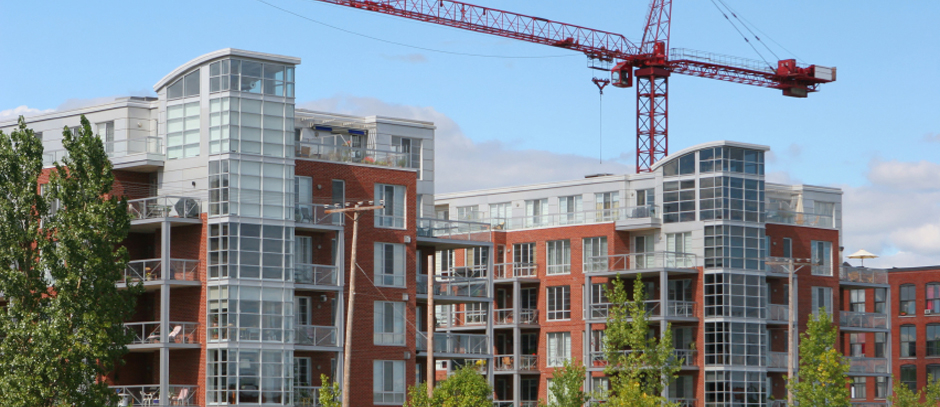As a company who have been offering CAD services in London and the rest of the UK for many years, our services have changed with the development of the construction industry, and we now offer Building Information services (BIM) as well. BIM is based on the use of a single computer-based model to design, construct and maintain a building in a more coherent manner than usual. Using a BIM model for your next building project will mean you open yourself up to multiple benefits, not just during the design stage but throughout the lifecycle of the project as well.
Many people make the mistake of thinking that BIM is only concerned with the design stage of the project, and are unaware that it also has implications for the maintenance of the building once it has been completed. BIM is also useful for facilities managers as well, as it can be helpful during the operational phase of the project as a way to help reduce costs. In this article, we will look at the ways that BIM can be a valuable resource for facilities managers by providing everyone on the project with the data and information they need, which will have an impact on the amount of time and money spent in the operational stage.
Energy analysis
The data that is made available by the use of the BIM model is really useful to facilities managers, as it will give them a great overview of energy usage, water usage and carbon monoxide levels within the finished building. Using the data obtained from the BIM model will allow everyone involved in the project to work out exactly what energy is consumed, and where. This will then enable facilities managers to more clearly identify where they can make savings on energy bills as they will have a better idea of how the systems within the building interact, as well as giving them an understanding of where they could use renewable energy.
Improved lifecycle management
When gathering the data for a BIM model, facilities managers can include items such as replacement costs and life expectancy for building materials. This will then help with decisions about where money is best spent, meaning purchase decisions will be much more informed. For example, some products may appear expensive at the outset, but when you look at them regarding life expectancy, they will be the cheapest in the long run as they will far outlast a product that is cheap, to begin with, but has a short life expectancy. With the use of BIM, therefore, a more accurate lifecycle cost analysis can be made.

More effective maintenance
The amount of detailed information contained in a BIM model will mean that more effective maintenance programmes can be created and implemented by the facilities manager. This is because manufacturer-specific information can be fed into the system which will save facilities managers lots of time when it comes to populating the maintenance system.
Retrofit and renovations savings
Using a BIM model as part of the construction process also means that information about the condition of materials and so on can be inputted and made available to all contractors. This will not only reduce the cost of alterations, renovations and refits but also reduce the number of change orders.
Safety improvements
One thing that is not generally known about BIM models is that they can help to give an analysis of how crowds behave within the space, which will allow for better planning when it comes to evacuation policies and security measures.
If you would like more information about our BIM or CAD Services, then please call the team today on 0161 427 0348 or send us an email to office@thecadroom.com

